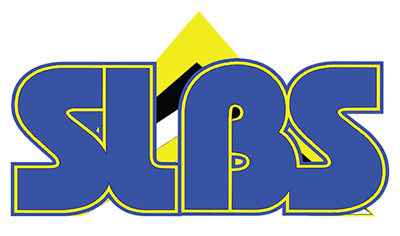The Human Resource Management & Training Department is charged with the responsibility for managing the personal and career development of the Bureau’s employees. This is achieved through the strategic recruitment and selection of personnel, performance management and the provision and management of training and development opportunities. The Department is also responsible for coordinating special events, internal customer feedback and complaints handling.
